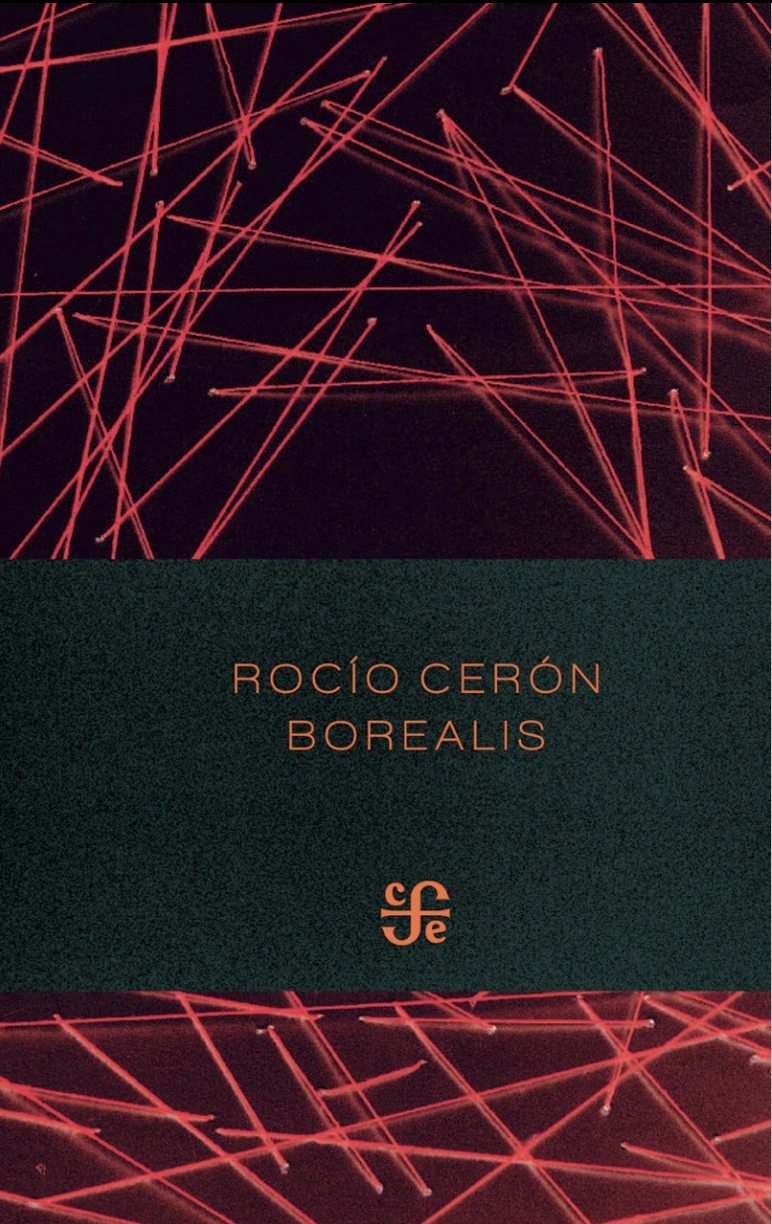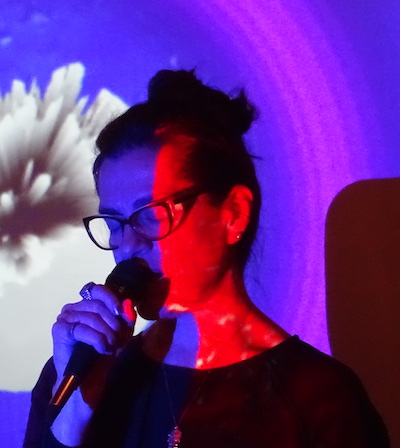The Dance of (In)Materialities
Ice blows into my fields
—Forrest Gander
This essay was translated from the Spanish by Sally Keith. Read the Spanish text here.
Correspondences and evocations—from a way of looking at nature, to the immaterial condensation of a word: the cedar, the fringe, the acorn that falls, the words that signify movements, the cadence and the musicality of what they name. Each season has its own name, each one of us, also. Every word is a potential universe and linked together they make unexpected poetic turns, as the borders between worlds screech and hum.
Language and nature are an ancient binomial that has reinforced the physicality between the world we inhabit and how we inhabit naming it. The power of the bird is not only its chirp and trill, but the richness of its name which alters our lips in pronouncing it: albatross, kestrel, blackbird, screech owl, flycatcher, vireo, thrush, golden tanager. It is the word that is the bird, that embodies in breath, in muscular movement, in saliva, and in tones that summon air to give life. Therefore, nature is the first force, the opalescent, and simultaneously, crystalline beauty of a space where a being and its significance meet.
From the materiality of the forest or a great wave in the raging sea, like a heart’s almost quantum leap for love, in the poem, in the group of poems known as “ecopoetry,” the poet returns to peer through, to the front yard, to the backyard of memory, to the bud of a plant that was born of seed placed in the hand of a girl and from which all verbs flower.
The stone is the stone that is the stone. It rolls and rolls before our eyes until it becomes invisible and then it rolls again; and so, it goes until this stone is suspended in front of us and falls in the palm of the hand. In this way, nature talks and sings infinities; we hear it in the middle of an erupting volcano or when a praying mantis mates, leaving the male in a sigh of dust and thirsty for more life, a circular movement that ends in the mouth of rhapsody.
Nature and language—between them is the life that passes in fireflies and nouns, between the footprints of a guinea pig at the foot of a mountain in the Andes and periods and commas that open chapters of other chapters, from which a woman appears rereading a poem her elderly father burned in his hands, burned in order to carry, in fire, the promise of his love for her, forever, beyond death. And nature, with its messy lawn and ice, terrible and full of love, will be there, will still be there. Forever.
*
Four Books for Further Reading
Ecopoemas. Nicanor Parra. Barcelona: Vegueta Ediciones, 2021.
This Connection of Everyone with Lungs. Juliana Spahr.Oakland: University of California Press, 2005.
Science & Steepleflower. Forrest Gander. New York: New Directions, 1998.
Mudanza del isonauta. Jorge Riechmann. Barcelona: Tusquets Editores S.A., 2020.
*
Sally Keith is an Editorial Co-Director of Poetry Daily.




